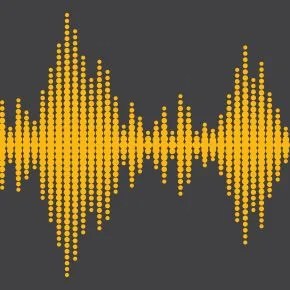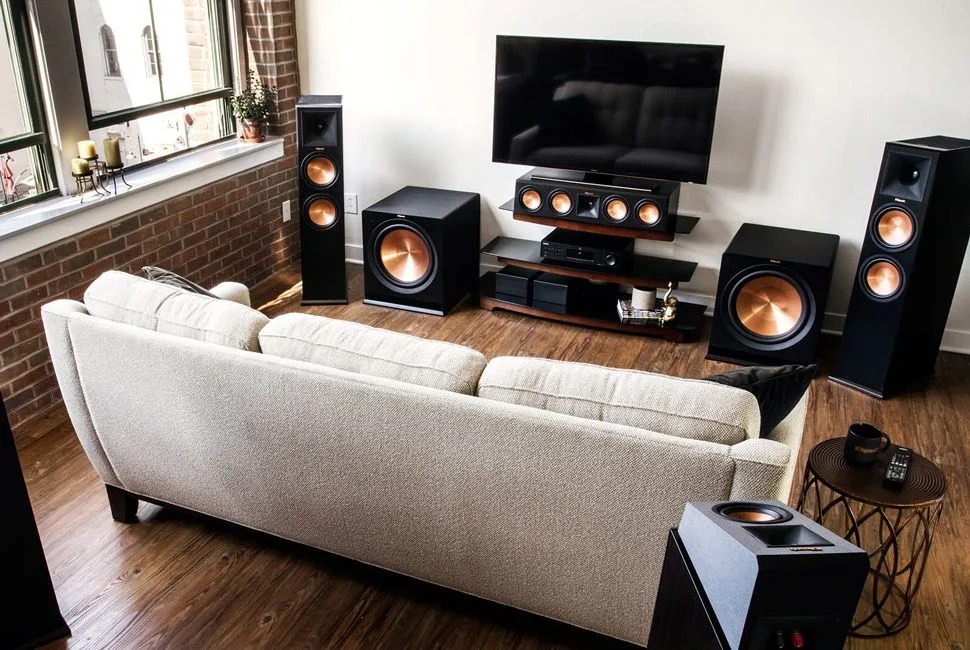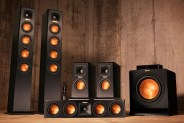We often think of great speakers as we do great cars — all the technology and state-of-the-art materials,” said Gerry Lemay, director of the Home Acoustics Alliance (HAA). “The difference is that the carmaker places the wheels on the car in the right place.” With audio systems, the components are only part of the car. “The room [it’s in] is the frame and suspension. We have to decide where to put the wheels (a.k.a. the speakers, seats and acoustics). Imagine the performance difference in a sports car if the wheels are in the wrong location.”
This is why everyone should must calibrate their multi-channel audio system — no matter what or where it is. Speakers aren’t designed for rooms, they’re designed to be set up in rooms. Without calibration, the audio won’t be optimal, and, as Adam Pelz, senior design engineer at REAL Audio Video, noted, “the difference between what the speaker is playing and what you hear at your listening position can be wildly different.” In short: where and how the speakers are set up is more important than the quality of the audio system itself.
Calibration should involve two separate processes. The first: mechanical. You want to physically move your main speakers, listening positions (where you’ll be sitting) and subwoofer(s) to their best locations. This can very quickly improve the sound quality of the audio system. An auto-cal system can do a good job if the speakers/sub and seats are intelligently positioned. However, you can’t calibrate a poorly laid-out system with equalization.
How to Recognize Poor-Quality Audio

“Audio is an odd duck in that the only way to truly appreciate an improvement is to hear the difference,” Lemay said. As people, we have a natural ability to listen through distortion. It’s only when we are exposed to a really good system that we are aware of what we are missing. In that regard, there are a few things to listen for.
“One of the complaints I hear most is about dialogue intelligibility,” Pelz said. If you’re constantly rewinding to have to listen to audio again, that’s usually a dead giveaway. The next thing to listen for is the bass. Can you hear clear, distinct notes? Or is it all a muddy, boomy blur of sound? When listening to music, notes should not be inconsistent (meaning that they should sound like they are coming from the same place). If some notes fade away while others seem to “ring” longer, that’s usually a sign calibration is needed.

